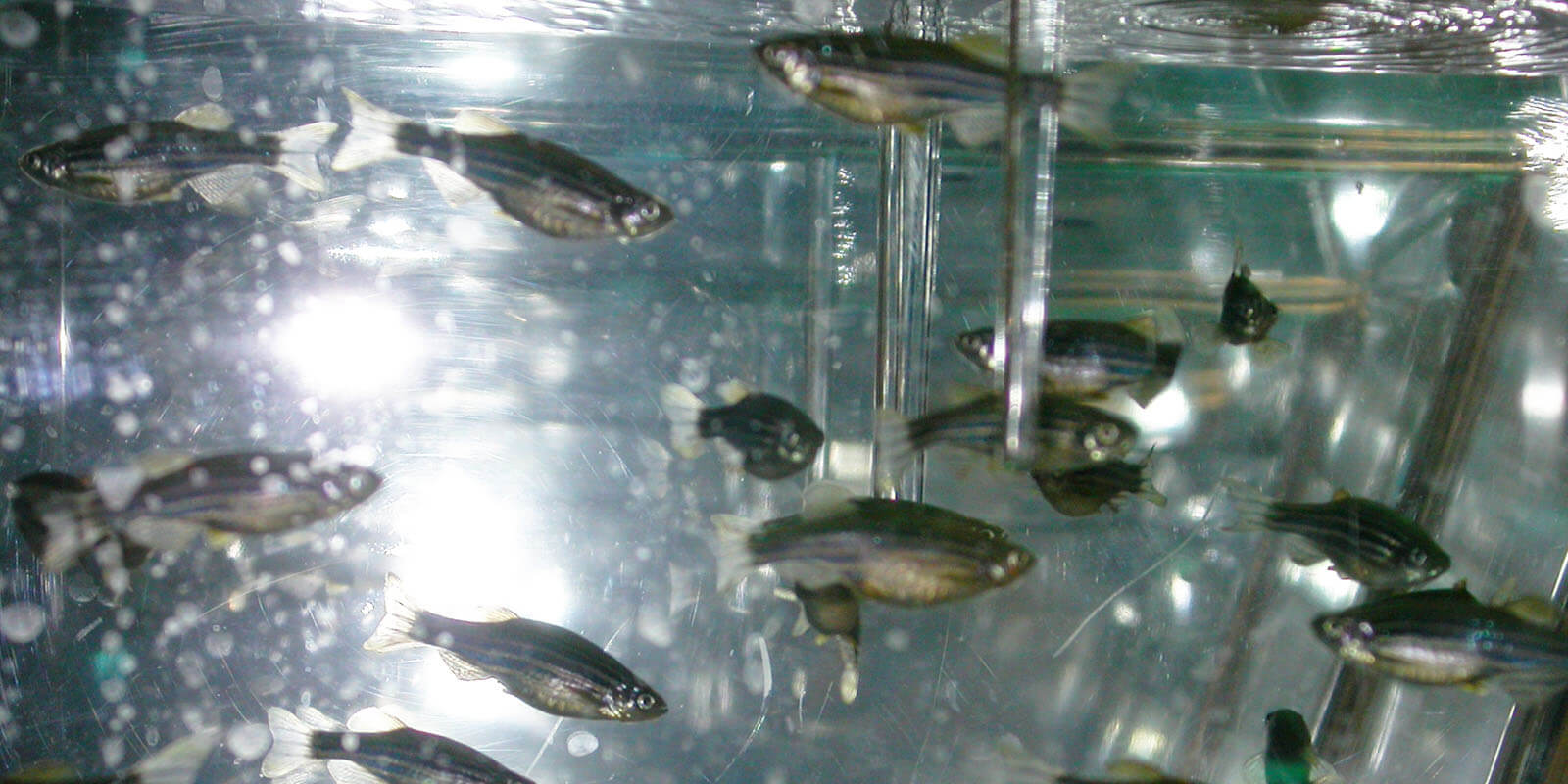Publication Q&A: A Systems Genetics Approach Identifies Roles for Proteasome Factors in Heart Development and Congenital Heart Defects
Published
Featured Researchers

Abstract
October 23, 2025 – Researchers at the Center for Developmental Biology and Regenerative Medicine have discovered new genes that could contribute to congenital heart defects through novel approach.
Seattle Children’s researchers, Gist H. Farr, Lisa Maves, PhD, David Beier, MD, PhD and others recently published a paper in PLOS Genetics illustrating a novel approach to identifying genes involved in the formation of congenital heart defects (CHD). This approach combines data science analysis and zebrafish animal models, offering the potential to improve timely diagnosis for congenital heart defects.
Read the full publication in PLOS Genetics.
Is this developmental biology research a first in any way?
This research takes a new approach to identifying the genetic causes of congenital heart defects (CHDs). CHDs occur when the heart doesn’t form properly before birth. CHDs are one of the most common birth defects, and about 1 in every 100 babies is born with a heart defect. Despite CHDs being very common, we still don’t understand the causes. The main approach used to determine the causes of heart defects is to perform genetic sequencing and DNA analysis of CHD patients and their families. But so far, even with large-scale patient DNA studies, these efforts have only explained about half of the genetic causes of CHDs.
In this study, Children’s researchers used a new strategy to find more of the genetic causes behind CHDs. They looked for genes that are important for survival (and therefore rarely changed in evolution) and combined that with data showing which genes are active in the developing heart. This approach revealed over 200 possible new CHD-related genes.
To study these new CHD genes, the group turned to the zebrafish animal model. Previous studies, including those from the Maves Lab, have shown that zebrafish are very useful for modeling human heart defects. In this study, the group used CRISPR gene editing in zebrafish to turn off a set of the new potential CHD genes. They found that turning off proteasome genes caused the zebrafish to develop abnormal hearts, including misshapen heart chambers, damage to heart muscle cells and smaller vessels that carry blood out of the heart. These zebrafish lacking proteasome genes also had weaker heart function overall. The proteasome is normally needed to carry out important functions for cellular health and viability. This is one of the first studies to link activity of the proteasome and proteasome genes with CHDs.
How can this research lead to better ways to diagnose congenital heart defects? What is the potential impact?
By identifying new genes involved in heart development, we gain new understanding of the potential causes of heart defects. The heart defects seen in the zebrafish lacking proteasome genes were similar to the heart defects seen in zebrafish lacking other known CHD genes. These findings help support the idea that proteasome genes play a role in heart formation as well as in CHDs.
This knowledge can give us ways to help diagnose and predict heart defects and can give us information to help families understand the causes of these conditions.
— Lisa Maves, Maves Lab
What are the next steps and long-term goals for this research?
There are several exciting next steps for this work. First, in addition to the proteasome genes, the group has many other (over 100) new genes to follow up on for their roles in heart defects. Second, the group plans to analyze the DNA sequences of CHD patients to identify possible mutations in the proteasome genes and other new CHD genes. These studies would help confirm important roles for these genes in causing CHDs. To test specific DNA changes found in CHD patients, the Maves Lab plans to use CRISPR to engineer the same DNA changes in the zebrafish, essentially creating patient-specific fish strains to understand the causes of CHDs.
Additional Ventures was the main source of funding for this project, with Seattle Children’s Heart Center providing pilot funds to launch the work. Research funding for pediatric heart disease can be challenging to obtain, and more so funding to model heart defects for specific patients. To help further this innovative work that can improve diagnosis outcomes for a wide range of patients, consider donating to the Maves Lab.



